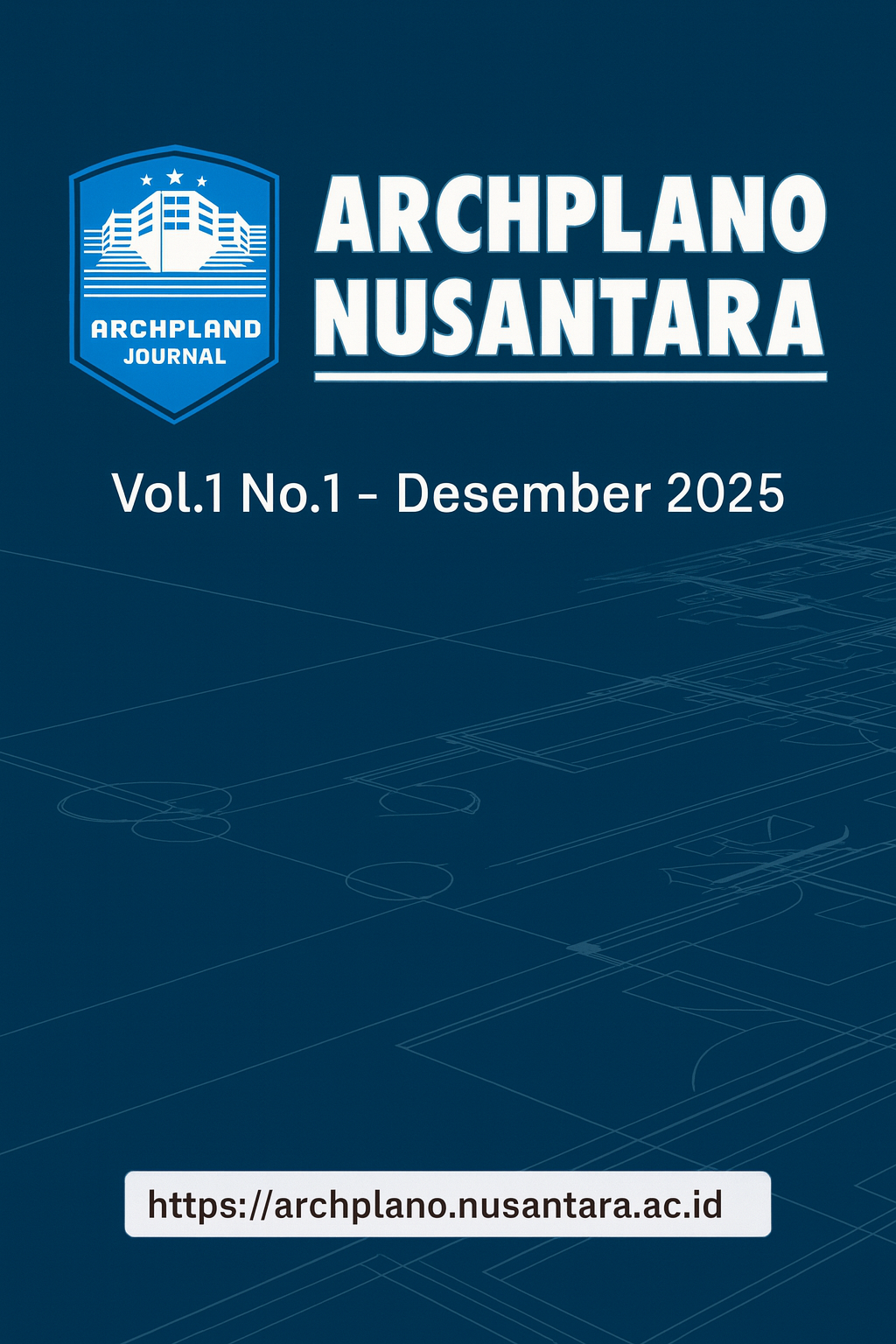The Protective Principle of the Egg Tray as a Concept of Protective Enclosure in Architecture
Keywords:
architectural analogy, protective enclosure, private space, egg tray, modularityAbstract
The need for private spaces that are not only functional but also provide a sense of safety, tranquility, and intimate spatial experience is becoming increasingly essential in contemporary architectural design. The concept of protection is often translated literally through physical barriers, yet it rarely explores the symbolic potential of everyday objects. This study aims to explore the process of translating the analogy of an egg tray—an object that inherently embodies principles of protection and modularity—into a conceptual framework referred to as Protective Enclosure.
The egg tray analogy is chosen for its ability to create individual cells that are separated yet organized within a protective container. The research method employs the Three-Phase Analogy Analysis (Form, Function, and Meaning), combining both direct and symbolic analogy approaches. The stages of the research include morphological observation of the egg tray, abstraction of its functional principles (protection and orderliness), and interpretation of its symbolic meanings (security and calmness).
The results show that the egg tray analogy can be translated into spatial modules with clear boundaries (visual and acoustic privacy) and efficient mass organization, mimicking the interlocking structure found in egg trays. Symbolically, this translation succeeds in creating spatial atmospheres that are enveloping and introspective, fulfilling the need for intimacy and spatial safety. This study contributes to expanding object-based analogy design methods to produce architecture that is rich in meaning and responsive to users’ psychological needs.





